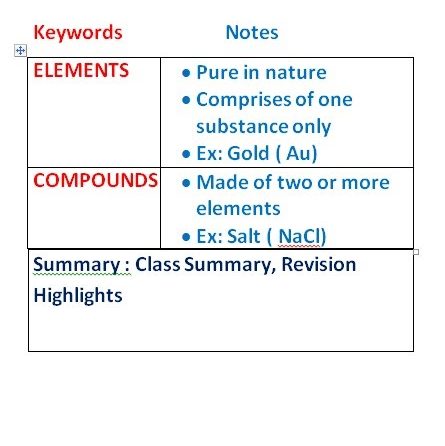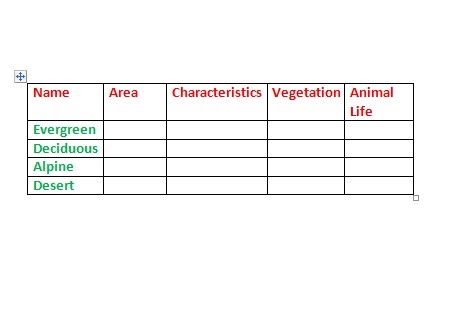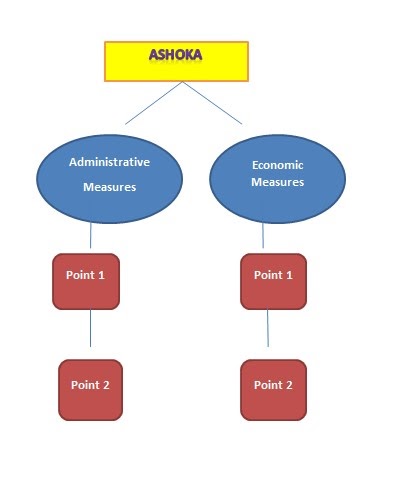
.
No matter how much we convince ourselves that we don’t have to make notes to revise and learn, at the back of our minds we are sure that we wouldn’t be able to do without them.
The reason we cringe at note-making is that we haven’t learned the right methods of doing it. Different concepts and topics require different techniques of taking notes. And each technique is unique and interesting.
Once you get to know which modus-operandi works for a particular topic, making notes and benefitting from them would be a cakewalk.
Read on to pick up the best strategies for note making:
The Cornell Method
It teaches you to make brief summaries that can easily be read and retained. All the main points, important cues, summaries are written at one place. A quick glance and you will be able to recall the whole topic with important points.
Making it’s template is fun as well. Upon dividing the paper into 3 sections of : 2.5” on the left, 2” for summary at the bottom and 6” for the class notes section, you are ready to excel in note making and the subject.
A rough draft is given below.

The Charting Method
Columns are made and information is organised in them, under various headings. This approach helps if there are many details associated with the lesson. It makes it easier to organise it and support quick reading.
You can increase the rows and columns depending on how much data you want to add in or how many particulars you intend to associate with the headings.Table making is something we all are familiar with, hence our notes are ready in a jiffy.
Have a look at the type of chart that you can make.

The Mapping Method
This one has more visual appeal. And we don’t need scientific studies to tell us how an image can help us understand effectively. The Mapping Method is a boon to those who struggle to read and comprehend from sentences.
The main topic can be shown as having branches, which are related concepts, details, features, etc. All these can be shown as interlinked. The important notes written under each of these can then have further notes under them. Thus a map develops in front of your eyes and you can picture the entire notes in your head much later as well.

The Sentence Method
A lot of particulars are being covered in the class and you are at a loss of how to jot down everything! Well that’s where the sentence method steps in. It is writing down the main points one after the other in concise sentences.
Each page can start with a new heading/topic. Write the subtopics under it with the details you think are relevant. It makes the knowledge written easy to read and grasp.
| Main Topic/ Heading |
| First Sentence with key details |
| Second Sentence with key details |
| Third Sentence with key details |
| Fourth Sentence with key details |
Use Symbols and Abbreviations
You needn’t invent a language but while trying to keep pace with your instructor’s lecture you will end up missing points. Also you might not even be able to read your own frantic handwriting! So what do you do ? You invent your own symbols and abbreviations. You can use them to replace words, phrases or even principles being studied. Get those creative juices flowing. You can always make proper sentences later after the class.
Highlight what’s important
Get into the habit of underlining and marking the key features, the crucial variables involved in a topic. This will make them stand out and easy to recall. The highlighted parts will be enough for you to recapitulate and you needn’t read all the sentences. This makes learning easier and saves much valuable time.
Mastering the art of note-taking is essential for your academic success. Wondering How To Take Study Notes? It’s not just about jotting down what you hear or read. It’s about embracing a strategic approach that encompasses techniques like the Cornell method, charting, and mapping. With the right methods, including using symbols, abbreviations, and the art of effective highlighting, your notes can be a powerful tool for retention. By adopting these techniques, you’ll be turning passive reading into an active learning experience, ensuring you capture crucial information efficiently and set yourself up for better understanding and recall.
If you intend to benefit not only from more such ways of making notes but also want to score well Register with Edulyte.
Similar Blogs
Learning lessons, study tips, career guides and much more!
How to Write Thesis or Dissertation: Get Effective Tips for Improvements
Estimated reading time: 6 minutes A Dissertation or thesis depicts the mastery of a course in an academic area. It addresses a specific problem in…
Discover the Wonders of Mathematics in Daily Life and Beyond | Edulyte
Mathematics is important as it plays a huge part in our daily lives. Here are more than 10 ways we use and apply Mathematics in…



